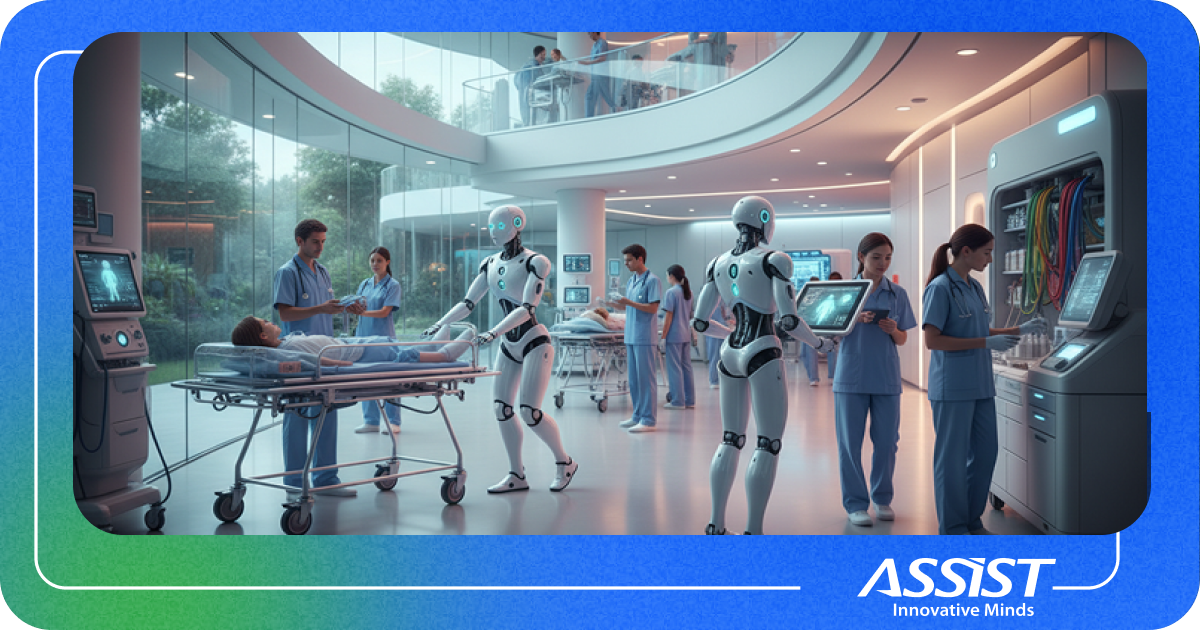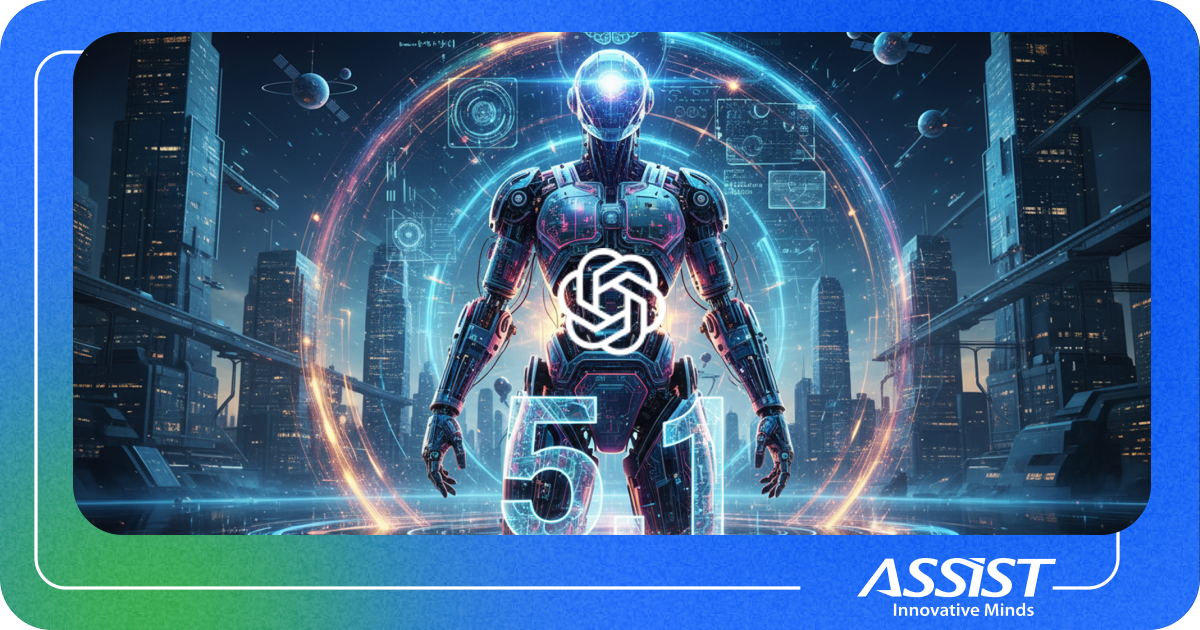The Rise of Collaborative Intelligence
Artificial Intelligence is moving beyond the chatbot era. The next step in its evolution is here: the rise of AI agents. These systems can reason, plan, and act autonomously to achieve goals. They mark a shift from passive assistants to proactive problem-solvers, capable of working independently and even coordinating with other agents.
The Age of Autonomous Intelligence
At their core, AI agents are software entities powered by large language models and enhanced with tools, reasoning abilities, and memory. They can make decisions, execute tasks, and adapt to new information, much like humans do.
Unlike chatbots or digital assistants that wait for instructions, AI agents take the initiative. They understand objectives, determine the best path to achieve them, and iterate based on the outcomes. Think of them as digital colleagues who can not only follow directions but also learn, optimize, and collaborate.
This distinction is essential. While generative AI models like ChatGPT create content or answer questions, agents can use such models as part of a broader system. They apply reasoning, call APIs, retrieve external data, or even trigger real-world actions. The result is not just intelligence, but agency.

How Agents Think and Act
An AI agent typically follows a continuous cycle of thinking, acting, and observing. It interprets a goal, plans its actions, performs them, and then learns from the results. Some agents reason and adapt in real-time, ideal for complex and dynamic tasks, while others plan their entire strategy upfront for efficiency and control.
These reasoning styles, known as ReAct (Reason + Act) and ReWOO (Reasoning Without Observation), reflect different approaches to intelligence: one more flexible, the other more structured. Together, they form the foundation of how today’s autonomous systems operate.

Much like a project manager in a human team, the supervisor ensures that every agent remains aligned with the system’s overall objective. In more advanced architectures, the supervisor itself becomes a “meta-agent,” capable of learning from past outcomes and refining how it delegates tasks over time.
This hierarchical structure transforms multiple independent agents into a cohesive, adaptive ecosystem, one that can plan, act, and self-correct as a unit.
Where You Can Already See This in Action
AI agents may sound futuristic, but they’re already quietly running behind many real-world applications. In logistics, they optimize shipping routes and coordinate port operations to ensure efficient and effective delivery. In agriculture, autonomous tractors use computer vision and AI-driven decision systems to manage fields efficiently. Smart traffic systems use multi-agent logic to analyze data, control signals, and prevent congestion. Even warehouse orchestration relies on agent-style collaboration between robots, sensors, and software.
Each of these use cases points to the same evolution: from isolated automation toward intelligent collaboration.
From Individual Agents to Intelligent Ecosystems
The transition from single-agent systems to multi-agent systems marks a profound shift in how software is designed. We’re transitioning from coding static workflows to building systems; for that reason, adapt and collaborate.
Soon, developers will design intelligent societies of agents that work together toward shared goals. Businesses will rely on these systems to automate decision-making, optimize operations, and unlock creativity on a larger scale.
The future of AI is about working in harmony.

Getting Started
The ecosystem around AI agents is growing fast. Frameworks like LangChain, AutoGen, CrewAI, and LangGraph enable the building and experimentation of your own agents, as well as the design of small-scale multi-agent systems that collaborate in real-time.
What’s emerging is a world where software collaborates, learns, and helps us extend what’s possible.
Bridging Innovation and Education
This topic was also explored during the Open Doors ASSIST 2024 event, where over 500 students joined us to discover the latest trends in software development, AI, and robotics. During his presentation, Robert Anton, Software Development Engineering, one of our colleagues from ASSIST Software, introduced students to the concept of AI agents and the emerging shift toward multi-agent collaboration. Events like this reflect our ongoing mission to bridge education and innovation, helping the next generation of developers understand not only the technologies shaping the future, but also how to work with them creatively and responsibly.

👉 If you’d like to learn more about our AI and robotics initiatives or explore collaboration opportunities, get in touch with the ASSIST Software team.



